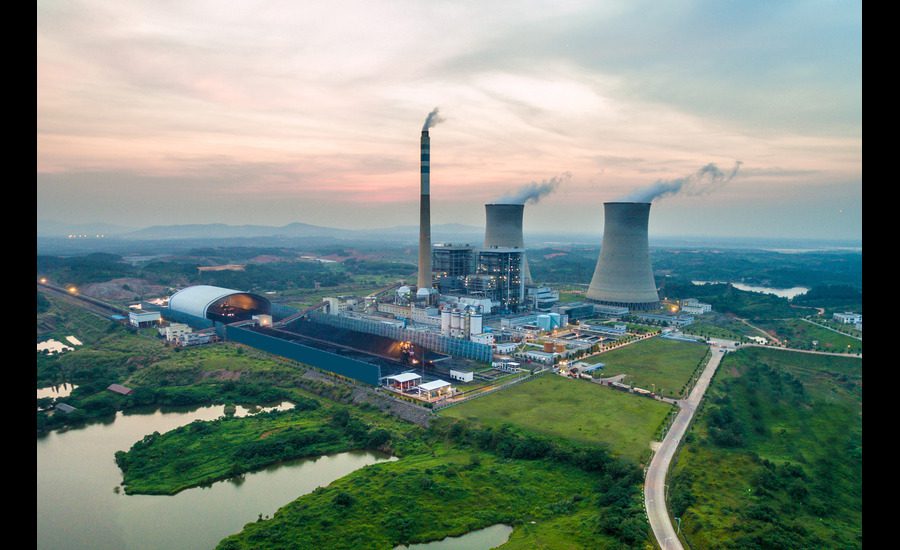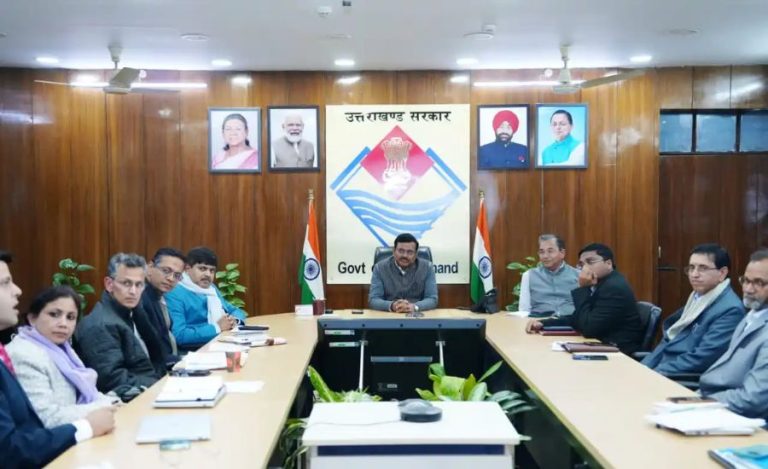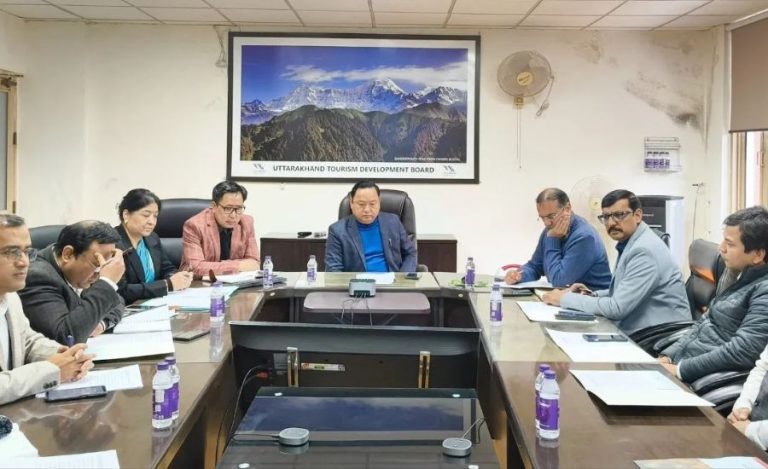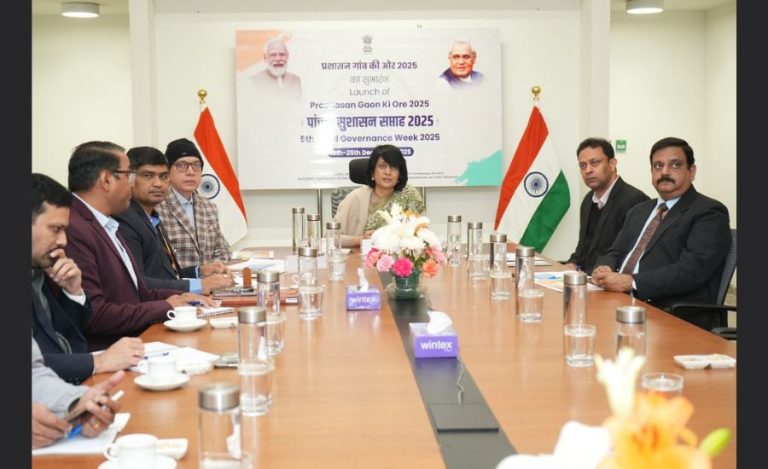New Delhi: The Government of India has reaffirmed that nuclear waste management for the planned 100 GW expansion by 2047 is fully aligned with existing safety practices. Waste from nuclear power plants and fuel cycle facilities is managed under the Atomic Energy Act, 1962 and the Atomic Energy (Safe Disposal of Radioactive Wastes) Rules, 1987.
No waste in any physical form is released into the environment unless cleared, exempted, or excluded from regulations. This philosophy ensures stringent protection of people and ecosystems.
Safe Handling and Disposal at Plant Sites
India has established a comprehensive radioactive waste management system with both operational and independent regulatory capabilities. Wastes generated at nuclear power plants are generally of low and intermediate activity levels.
These are managed at the plant site through treatment, compaction, and immobilization in cement or other solid materials. They are then stored in reinforced concrete trenches and tile holes, designed for long-term safety.
Disposal sites are monitored continuously using bore-wells, with regular checks on groundwater and soil samples. These practices follow international benchmarks set by the International Atomic Energy Agency (IAEA).
Roadmap Linked to Nuclear Energy Mission
Following the 2025–26 Budget, a roadmap for achieving 100 GW nuclear capacity by 2047 has been reviewed by a committee. It addresses policy, legal, and regulatory reforms, including waste management and spent fuel reprocessing.
Groundwork over the next 5–7 years is critical for the success of the Nuclear Energy Mission. Radioactive solid waste from nuclear plants, including decommissioning waste, is minimal about 0.15 cubic meters per year per MW. Records of waste volume and location are regularly submitted to regulators.
Closed Fuel Cycle and Advanced Research
India follows a closed nuclear fuel cycle to recover fissile material and reduce waste volume. Domestic spent fuel is reprocessed, and usable components are recycled into new reactor fuel.
High-level radioactive waste is vitrified into inert glass and stored in Solid Storage Surveillance Facilities for interim periods, matching IAEA standards. Research continues on partitioning technologies, recovery of useful isotopes, and incineration of long-lived actinides to convert them into short-lived or inactive forms.
These innovations could minimize the need for long-term disposal solutions in future decades.
Financing Nuclear Waste Management and SMRs
The 2025–26 Budget announced a dedicated INR 20,000 crore outlay for developing Small Modular Reactors (SMRs) under the Nuclear Energy Mission. Nuclear waste management and fuel cycle activities will require additional resources, sourced through extra budgetary allocations and private financing.
Nuclear energy has also been included in India’s Climate Finance Taxonomy (Draft), making it eligible for climate finance. This recognition will ease financial challenges in expanding nuclear infrastructure, including waste management systems.
This information was provided by Dr. Jitendra Singh, Union Minister of State (Independent Charge) for Science and Technology, Earth Sciences, MoS PMO, Personnel, Public Grievances & Pensions, Department of Atomic Energy, and Department of Space, in a written reply to the Lok Sabha.




























